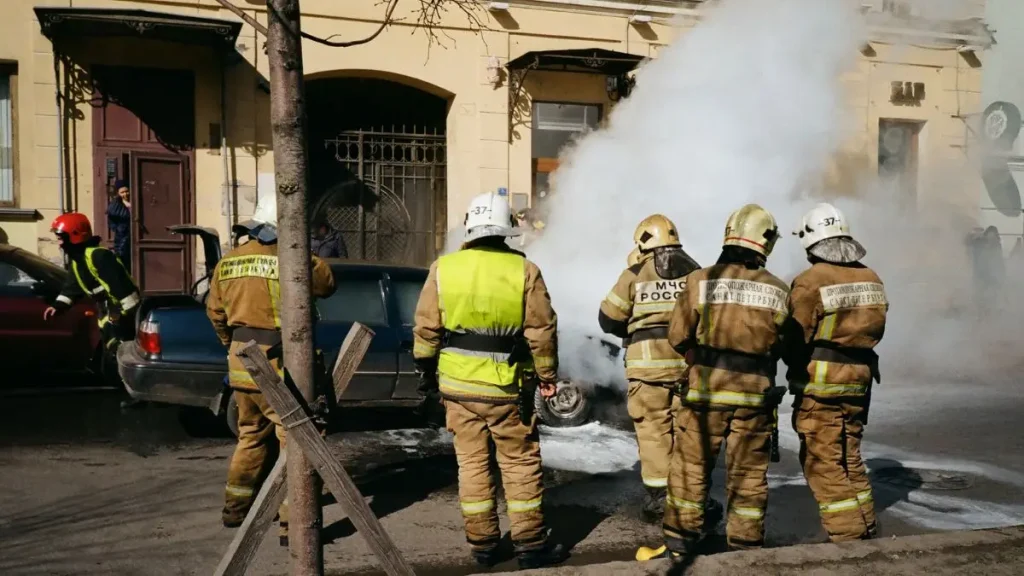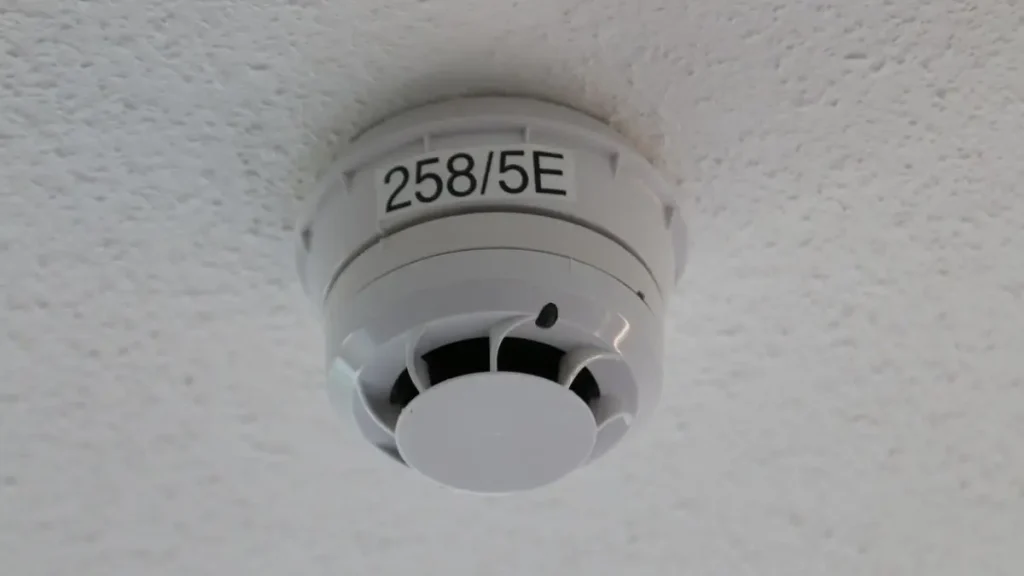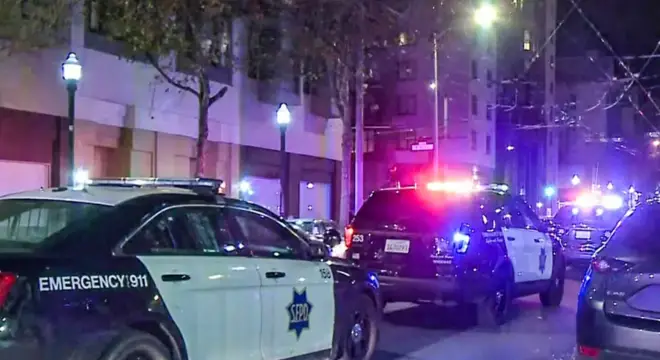Long Island House Fire Leaves 10 Residents Without a Home
I woke up to the kind of headline that makes your stomach drop — an overnight fire tearing through a quiet Long Island home, leaving ten people suddenly without one. It happened on Yale Street in Hempstead, just before dawn. By 4:43 a.m., firefighters from Garden City were battling flames that had already taken over the house.
Seventy-five firefighters showed up from seven nearby departments — the kind of response you only see when crews know they’re fighting to save what’s left. Within an hour, they had it under control. No one was hurt — that’s the one piece of good news here — but seven adults and three kids now have nowhere to go. The Red Cross was called in right after sunrise to help them find shelter.
Standing back from the headlines, what stays with me is how fast a fire can turn an ordinary night into a life-changing one. If you own or rent a home on Long Island, this story hits closer than it seems. These are our kinds of homes — older builds, tight neighborhoods, the same electrical wiring we promise we’ll “get checked next year.”
As officials look into what started the blaze — the Nassau County Fire Marshal and the Arson/Bomb Squad are still investigating — it’s worth pausing to ask: how ready are you if it ever happens to your home?
Scene of the Fire — What We Know So Far

According to News 12 Long Island, the fire broke out around 4:43 a.m. on Yale Street in Hempstead. The Garden City Fire Department was first on scene, and within minutes, smoke was pouring from every side of the two-story Long Island home.
Seven additional departments joined in—about 75 firefighters in total—fighting to stop the blaze from spreading to neighboring houses. Within an hour, the flames were under control, but the damage was already severe.
Officials said no one was injured, which honestly feels miraculous considering the intensity. Still, ten residents—seven adults and three children—were forced out. The American Red Cross was contacted immediately to arrange temporary housing.
It’s the kind of coordinated effort you only see in Long Island’s tight-knit fire network—people showing up in the middle of the night for strangers, because that’s what local life here is built on.
Families Left Displaced — When “Home” Vanishes Overnight
Imagine stepping outside in your pajamas, watching everything you’ve built go up in flames before the sun even rises. That’s what these families are living through now. They didn’t just lose walls and furniture—they lost a sense of safety.
The Red Cross will help them find a place to sleep, maybe some clothing, food, and the first bit of calm after chaos. But rebuilding a life takes more than that. These next few weeks will mean insurance calls, cleanup, school arrangements for the kids—all while dealing with shock.
If you’ve ever walked through your own neighborhood after a fire, you know the silence that follows. Everyone looks at their house a little differently that day.
Similar heartbreak struck in Rantoul, Illinois, where two people were displaced after a devastating house fire earlier this year — a reminder that recovery is never just physical.
Why Long Island Homes Are So Vulnerable to Fire?
Here’s the uncomfortable truth: Long Island homes weren’t built for today’s risks. Many were constructed before 1970, when wiring standards and insulation rules were looser. Wood framing, older outlets, and crowded layouts make small sparks far more dangerous.
Add in space heaters in winter, window ACs in summer, and older breakers that rarely get inspected—and you’ve got a recipe for trouble. Nassau County officials say electrical issues and unattended cooking still top their list of fire causes year after year.
As someone who’s lived here long enough to see these patterns, I can tell you—most people don’t realize how quickly a “routine” problem becomes a full-blown disaster.
If you own or rent a Long Island home, this is your quiet reminder: schedule that inspection, replace that smoke-detector battery, check your wiring. Fires like this aren’t random—they’re preventable.
Electrical hazards have also been blamed in several recent tragedies, including the New York City home fire that claimed the life of an 85-year-old woman — a chilling example of how fast an old circuit can turn deadly.
Inside the Investigation — What Officials Are Looking For
The Nassau County Fire Marshal and the Police Department’s Arson/Bomb Squad are combing through debris right now. Their job is to find where it started and why. In older homes, it’s rarely arson—it’s usually wiring, appliances, or heating systems.
Fire investigators look for patterns—burn marks, melted wiring, collapsed walls—to trace how the fire spread. Every finding shapes building codes and public safety warnings later. That’s why these reports matter.
As soon as results come in, we will update the story. But while we wait for answers, there’s one thing we already know: prevention always costs less than repair.
Local safety experts often share early fire updates and prevention reminders through community WhatsApp channels — if you follow one, keep alerts on during winter and storm seasons. They’re often the first to post verified on-ground updates before official reports.
How Homeowners Can Stay Prepared — Safety Lessons From Hempstead

I’ve covered enough Long Island fires to see the same lessons repeat. Here’s what I tell friends and clients:
- Test smoke detectors monthly. Replace them every 10 years.
- Get an annual electrical inspection—especially in homes built before 1980.
- Keep a small extinguisher in the kitchen and basement.
- Create two escape routes and practice them once a year.
- If you’re a landlord, make safety part of your rental agreement—it saves lives.
And if disaster ever strikes, call your insurer right away, document everything, and reach out to the Red Cross Long Island chapter. They specialize in short-term housing and emotional recovery.
Because a fire doesn’t just test your walls—it tests your readiness.
Community Response — When Neighbors Become First Responders
One thing I’ve always admired about Long Island is how fast the community rallies. While firefighters worked the scene, neighbors offered blankets, coffee, and rides. That’s not PR—it’s culture here.
The Garden City Fire Department, along with volunteers from nearby towns, handled the blaze like a coordinated orchestra. Afterward, local officials reminded residents to review their own fire-safety plans—a small but powerful ripple effect from a tragic event.
If you’ve lived here long enough, you know: we don’t wait for big disasters to care. Every Long Island home that survives a fire teaches the rest of us how to stay ready.
So I’ll ask you—when was the last time you checked your smoke alarm?
We’ve seen the same kind of resilience elsewhere — like the Philadelphia community that rallied after rescuing a trapped resident in a home fire — proving that compassion travels faster than fire itself.
What This Means for Long Island Homeowners and Property Values
Every time a fire like this makes the news, it quietly raises a question for every homeowner nearby: how protected is my own home—financially and structurally?
In Nassau and Suffolk counties, older homes often mean higher insurance premiums. Insurers know these structures carry bigger risks—outdated wiring, older roofs, tighter lots. A single claim like this can remind an entire zip code to review coverage.
If you own property on Long Island, take thirty minutes this week to pull out your insurance policy. Check for your fire coverage limits, loss-of-use provisions, and what’s actually covered for temporary housing. Most people only learn those details when it’s too late.
For buyers and landlords, incidents like this also shape perception. A neighborhood that handles emergencies well—fast response times, community coordination—keeps its long-term value stronger than one that doesn’t. Safety reputation matters just as much as square footage.
Key Takeaways for Long Island Residents
If you remember one thing from this story, make it this: fires move faster than your phone can dial 911.
Ten people lost their home—but not their lives—because responders were ready, alarms worked, and neighbors reacted fast. That’s the playbook every household should follow.
Here’s your quick checklist before the weekend:
- Test your smoke alarms tonight.
- Walk your escape route once with your family.
- Make sure your insurance covers full replacement, not just market value.
- Save the Red Cross Long Island helpline in your phone: 1-877-733-2767.
We can’t control every spark, but we can control how unprepared we are when it hits.
For more updates and safety stories about real home incidents across the U.S., visit our Home Incidents section — where we track the lessons every homeowner can learn from.
Disclaimer: Details in this report are based on official statements and local news. The investigation into the Hempstead fire is still ongoing, and information may change as updates are released. This article is for public awareness and should not replace professional fire safety or insurance advice.


